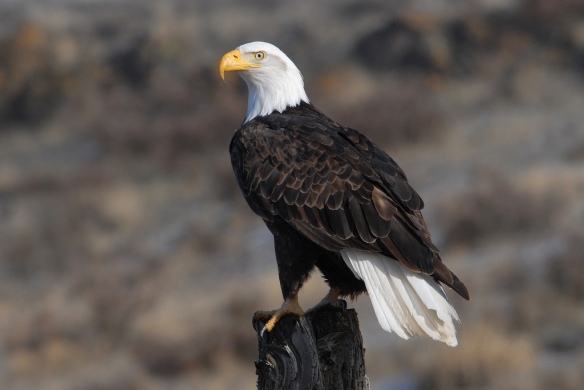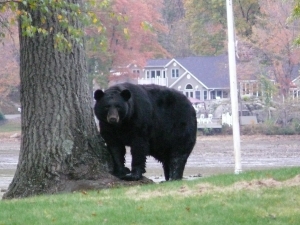 Photo courtesy of the U.S. Fish and Wildlife Service
Photo courtesy of the U.S. Fish and Wildlife Service
With so many animal populations on the decline – thanks to habitat loss, climate change and human intervention, among other causes – sometimes it’s easy to forget all of the progress that conservation efforts have made over the years. For a positive spin, let’s take a look at some of the greatest wildlife comebacks of 20th century, according to a report issued by The Nature Conservancy (NC).
Grizzly Bear
In 1970, the grizzly bear was designated as a threatened species in the continental U.S. Like many other species that once thrived in the country, the grizzly has continued to be threatened by habitat loss and hunting. Thanks to conservation efforts, however, grizzly-bear numbers are improving, and the species may be removed from the threatened list in the near future.
Gray Whale
Back in the 1800s, widespread hunting nearly obliterated the gray-whale population. Since the International Whaling Commission adopted a moratorium on commercial whaling in 1986, however, gray whales have begun to rebound and now number about 22,000, according to the NC.
Bald Eagle
This iconic American species was driven to the brink of extinction in the middle of the 20th century due to habitat loss, pesticide contamination and hunting. However, thanks to the banning of the pesticide DDT in 1972, the bald eagle began to make a comeback, and the NC estimates that there are approximately 10,000 nesting pairs currently living in the U.S.
 Photo courtesy of the U.S. Fish and Wildlife Service
Photo courtesy of the U.S. Fish and Wildlife Service
Santa Cruz Island Fox
Until a massive captive-breeding initiative was launched by the U.S. Fish and Wildlife Service and conservation groups, fewer than 100 of these four-pound foxes remained. The animals, native to a small island off the coast of California, had fallen victim to feral pigs and golden eagles. Now, the Santa Cruz Island Fox’s population has risen to 1,300.
Southern White Rhino
Decimated by widespread hunting back in the 1800s, the Southern White Rhino was on the verge of extinction by the end of the 19th century. However, as a result of conservation efforts, they have made one of the biggest wildlife comebacks of all time, with over 20,000 individuals now in the wild.
Gray Wolf
A top predator, the gray wolf was considered a threat to livestock decades ago, and was routinely killed. After having been added to the Endangered Species List in 1974, though, they began to bounce back and now total around 4,000.
Mauritius Kestrel
The NC says this small African bird of prey was once considered the rarest bird in the world. At one time, there were only four individuals remaining. Thanks to work by conservationists, who established a captive-breeding program, there is now a self-sustaining population of over 800 of these birds.

